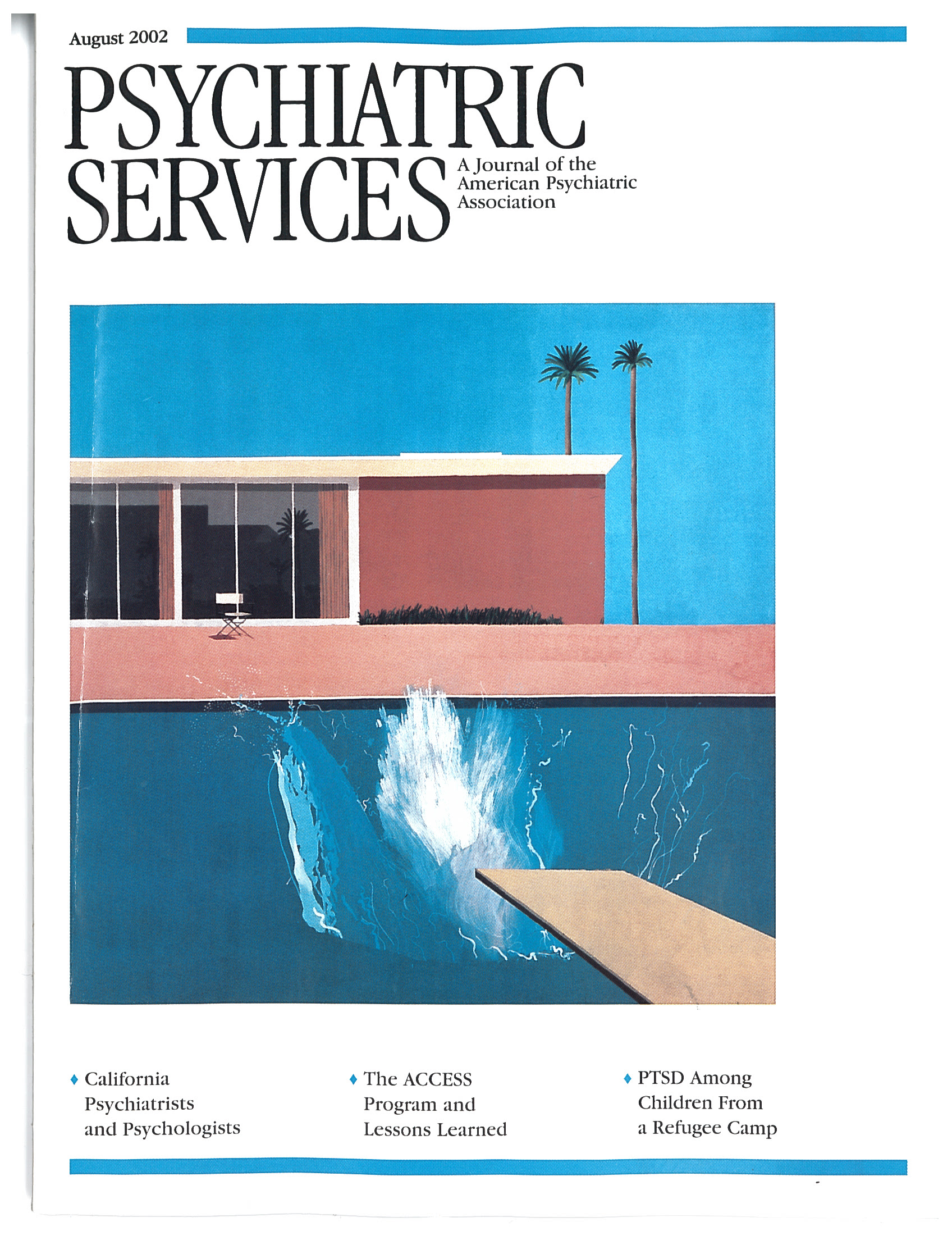Service Systems Integration and Outcomes for Mentally Ill Homeless Persons in the ACCESS Program
Abstract
OBJECTIVE: The authors evaluated the second of the two core questions around which the ACCESS (Access to Community Care and Effective Services and Supports) evaluation was designed: Does better integration of service systems improve the treatment outcomes of homeless persons with severe mental illness? METHODS: The ACCESS program provided technical support and about $250,000 a year for four years to nine sites to implement strategies to promote systems integration. These sites, along with nine comparison sites, also received funds to support outreach and assertive community treatment programs to assist 100 clients a year at each site. Outcome data were obtained at baseline and three and 12 months later from 7,055 clients across four annual cohorts at all sites. RESULTS: Clients at all sites demonstrated improvement in outcome measures. However, the clients at the experimental sites showed no greater improvement on measures of mental health or housing outcomes across the four cohorts than those at the comparison sites. More extensive implementation of systems integration strategies was unrelated to these outcomes. However, clients of sites that became more integrated, regardless of the degree of implementation or whether the sites were experimental sites or comparison sites, had progressively better housing outcomes. CONCLUSIONS: Interventions designed to increase the level of systems integration in the ACCESS demonstration did not result in better client outcomes.



